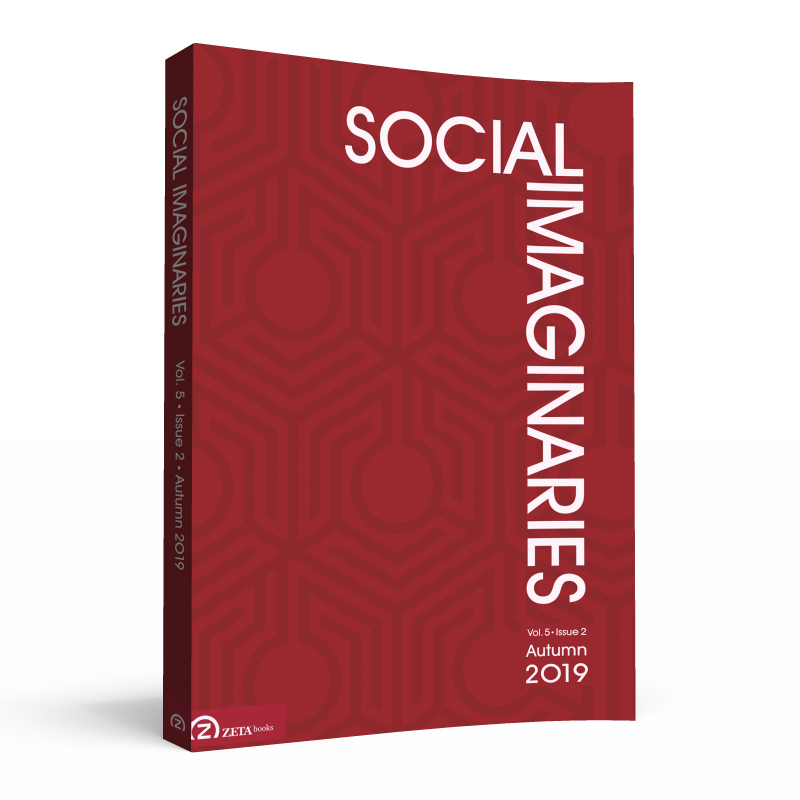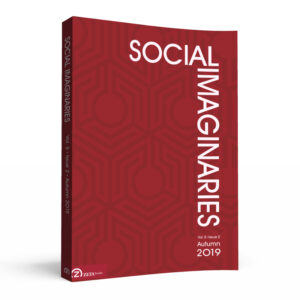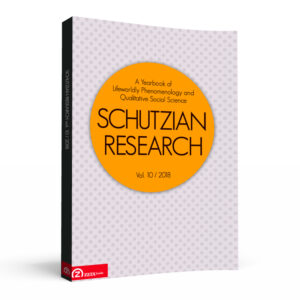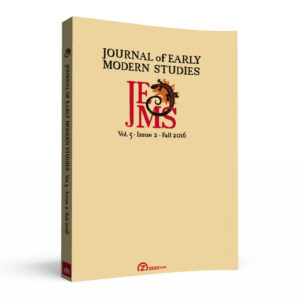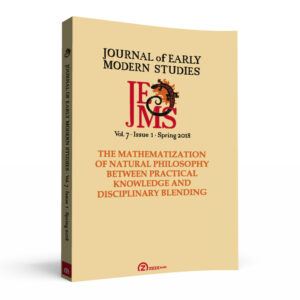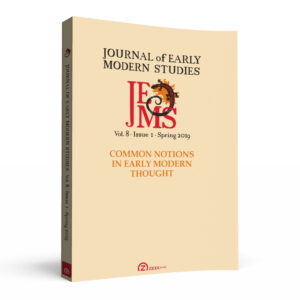TABLE OF CONTENTS
Paul Blokker, Saulius Geniusas, John Krummel, Jeremy C A Smith, Editorial Introduction [OPEN ACCESS]
George Sarantoulias, Mapping the Theme of Creativity in Cornelius Castoriadis’s and Paul Ricœur’s Social Imaginaries
Abstract: This paper elucidates the notion that action is creative through the social imaginaries perspective. Hans Joas’s critique of sociological theories on action developed in The Creativity of Action (1996 [1992]) argued that creativity is an essential concept to better understand social action. Cornelius Castoriadis and Paul Ricœur employ an understanding of action as being inextricably connected to the social imaginary and capable of bringing forth historically novel forms of being and doing. An elucidation of Castoriadis’s dichotomy between the instituted and instituting imaginaries and Ricœur’s distinction of the ideological and utopian poles of the cultural imagination bring to the surface points of convergence and divergence in their respective understandings of the social imaginary and historical novelty. Inspired by Joas’s critique of sociological theories of action through pragmatism, which is underlined by a critique of the philosophical anthropological assumptions held by structural- ism, this essay argues that Castoriadis’s and Ricœur’s distinct insights on the creative dimension of social action and the way in which social reality emerges can elucidate further an anti-structuralist philosophical anthropology that can help inform sociological theories of action.
Kristupas Sabolius, Traversing Life and Thought: Gilbert Simondon’s Theory of Cyclic Imagination [OPEN ACCESS]
Abstract: Simondon’s poorly examined theory of imagination reveals a number of interesting possibilities. On the one hand, by grounding the function of images within the idea of a cycle, it provides an attempt of reconciliation between the assumptions that privilege either reproduction or creativity. On the other hand, his view might also be conceived as a serious alternative to various theoretical stances that characterize the problem of imagination strictly within a dichotomy between individual subject and social imaginaries. The paper proposes a reading of Simondon’s lectures given between 1965 and 1966 in Sorbonne in the broader context of his philosophy and outlines the role of imagination that exceeds imagining subject as well as establishing the mode of correlation with associated milieu, which performs the conditioning of its potentiality. Rejecting the primacy of representation, Simondon’s take enables one to draw the conclusion that imagination can be attributed to all living beings and conceived as the function of life.
David Chai, Daoism and the Meontological Imagination
Abstract: Of the things needing to be forgotten if we are to partake in the oneness of Dao, language is perhaps the hardest. Since the purpose of words is to delimit things, words create an artificial division between things and their image qua form. While humanity views images as distinct entities, Dao leaves them in their jumbled collectivity; while humanity feels compelled to act upon our thoughts and feelings, Dao remains silent and empty. This leads to the following question: Will modelling ourselves after Dao result in a more creative form of thinking and if so, can it be carried-out without words and images? To demonstrate why the answer to this question is yes, we will first analyze why words are an obstacle to deeper thinking before looking at how images, despite their ability to connect with Dao, are nevertheless hindered by their dependency on being. It thus falls to spirit to lay bare the constant non-image of Dao, the core of the Daoist imagination and focus of the final section of this paper.
Farhad Khosrokhavar, The Western Imaginary of Jihadism
Abstract: Western jihadism is a complex phenomenon in which the imaginary dimension, the subjectivity of the actors linked to their socio-economic condition but also to their ethnicity, and beyond that, what I call their subjectivation (the ability to empower oneself as a social actor), play a significant role. In Europe, among the Muslim offshoots of migrant workers, most of the psycho- logical developments associated with Jihadism occurs in very specific urban structures, the poor districts or suburbs, where a high concentration of urban poor live with a burden of social stigma linked to the high criminality rate. These settings are often de facto ghettoes. The development of a specific urban imagination often gives meaning to the jihadist commitment among young people living in this type of settlement. This imaginary often feeds on a feeling of stigmatization among these people. Jihadism is not a quest for meaning, but its discovery, the wielding of it through embracing death and inflicting it on the ‘infidels’. It is, in another way, a punishment of society, an act of vengeance against it, be it due to personal reasons (mainly for the young downtrodden of the immigrant origin who feel stigmatized by the society) or due to the lack of ideal, utopia and social justice in society (the case of the young middle class people). This study aims at underlining the fact that social imaginaries should be at the root of socio-anthropological analysis and without understanding the meaning of social action, quantitative views give us at best a unilateral, at most a distorted view of social action and social behavior.
Yulia Prozorova, Religio-Political Nexus and Political Imaginary in Russia
Abstract: The essay contributes to the discussion of the religio-political nexus by examining the interplay between the religious and the political and the dynamics of political imaginary evoked by the Christianization and reception of Christian political theology in Russia. After a cursory overview of theoretical foundations underpinning the religio-political problematic, the essay introduces political theology as a constitutive element of the religio-political nexus and its most emphatic forms of theocracy and sacral rulership. Political theology sheds light on the gravitation between the religious and the political and the meta-institutional potential of the religio-political nexus. The essay focuses on the creative appropriation of religious themes by political imaginary contributing to the institution of autocracy in Russia. Christian monotheism and religious worldviews along with Byzantine political theology introduced theocratic vision and comprised the conceptual-symbolic framework within which autocratic configuration of power was articulated and legitimized. The increasing dependence of the church on the secular authority and reinterpretation of the doctrine of symphonia resulted into the caesaropapism associated with absolute autocracy. ‘Monistic unity’, unification of all powers subjugated and embodied by a sacralised autocratic ruler evolved in Russia as a paradigmatic pattern with long-lasting effects.
VARIA
Johann P. Arnason, Theorizing the Present: Notes on Diagnoses of Our Time
ISBN: 978-606-697-136-2 (paperback)
ISBN: 978-606-697-137-9 (ebook)

